Home>Gardening & Outdoor>Outdoor Entertaining>What Temperature Is A Pizza Oven
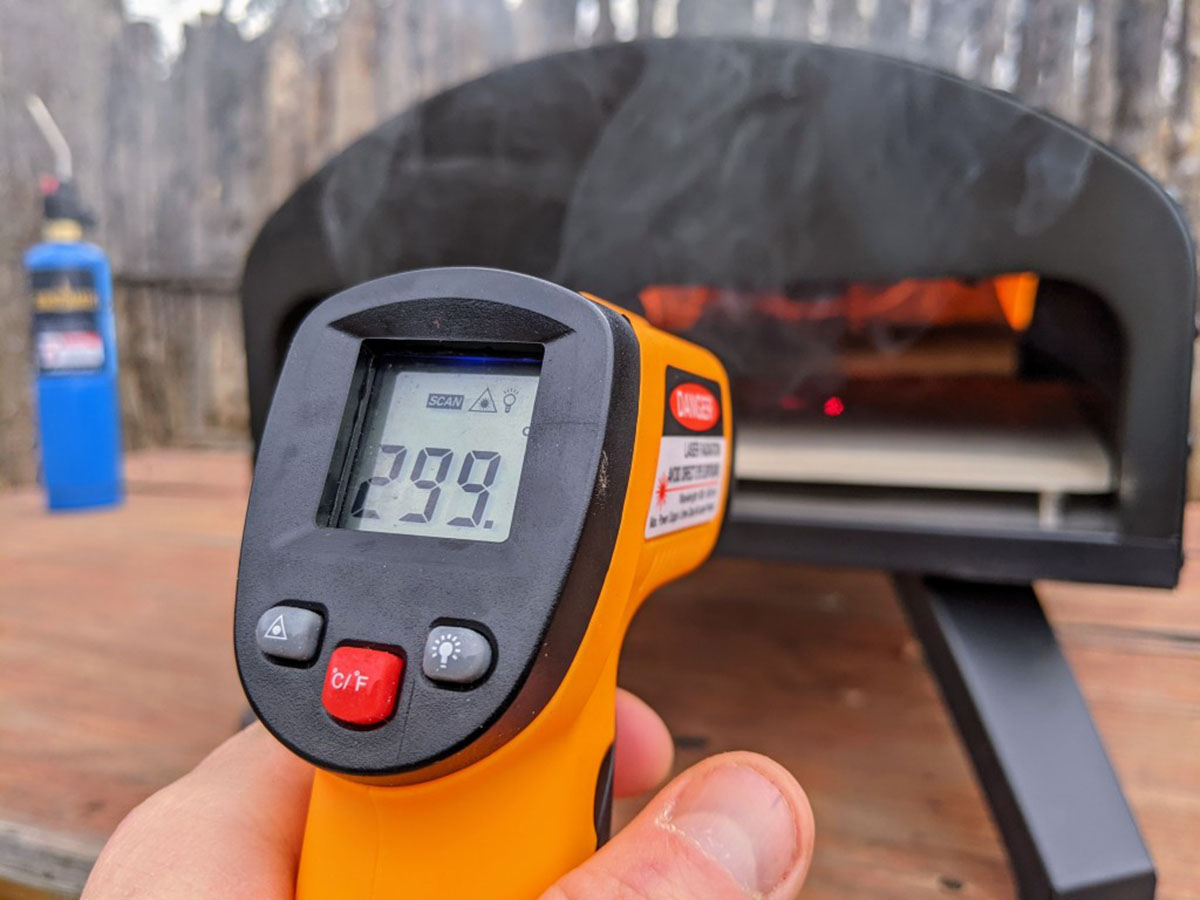

Outdoor Entertaining
What Temperature Is A Pizza Oven
Modified: February 18, 2024
Discover the ideal temperature for an outdoor entertaining pizza oven. Learn how to achieve the perfect heat for delicious homemade pizzas. Ideal for outdoor gatherings and parties.
(Many of the links in this article redirect to a specific reviewed product. Your purchase of these products through affiliate links helps to generate commission for Storables.com, at no extra cost. Learn more)
Introduction
When it comes to outdoor entertaining, few culinary delights can rival the mouthwatering aroma and delectable taste of a freshly baked pizza. Whether you are hosting a backyard gathering, a family celebration, or simply enjoying a cozy evening under the stars, firing up a pizza oven can elevate the experience to a whole new level. However, achieving the perfect pizza requires more than just quality ingredients and culinary finesse – it hinges on the precise control of one crucial element: temperature.
In this article, we will delve into the pivotal role that temperature plays in the art of pizza making, particularly in the context of outdoor pizza ovens. We will explore the different types of pizza ovens, discuss the ideal temperature ranges for achieving that coveted crispy crust and gooey cheese, and offer valuable tips for maintaining and optimizing the temperature of your pizza oven. So, grab a slice of your favorite pizza (or prepare to crave one) as we embark on a journey to unravel the mysteries of pizza oven temperatures.
Key Takeaways:
- Mastering the ideal temperature is the secret to creating the perfect pizza, whether in a wood-fired, gas, or electric oven. It’s the key to achieving a crispy crust and delectable toppings.
- Factors like fuel type, insulation, and strategic fire management influence pizza oven temperature. Understanding and optimizing these factors is crucial for consistently crafting exceptional pizzas.
The Importance of Temperature in Pizza Making
Temperature is the unsung hero behind every mouthwatering pizza. It holds the power to transform a mere amalgamation of dough, sauce, and toppings into a culinary masterpiece. The magic of pizza making lies in the delicate balance of achieving the ideal temperature to coax out the flavors, textures, and aromas that define a perfect pie.
One of the key factors affected by temperature is the crust. A well-executed pizza crust boasts a harmonious interplay of crispiness and chewiness. This balance is achieved through subjecting the dough to intense, radiant heat, which causes the water within the dough to evaporate rapidly, creating those coveted air pockets and a light, airy texture. The sauce and toppings, meanwhile, benefit from the high heat as it caramelizes the sugars in the sauce and imparts a delightful char to the toppings, enhancing their flavors and textures.
Moreover, the temperature of the pizza oven directly influences the cooking time. A high temperature allows for swift and even cooking, resulting in a blistered crust and perfectly cooked toppings, while a lower temperature can lead to a longer cooking time, potentially drying out the crust and overcooking the toppings.
Ultimately, the temperature of the pizza oven is the linchpin that determines the outcome of your pizza – from the crust’s texture and flavor to the overall balance of flavors in the finished product. Understanding and mastering the art of temperature control is the gateway to consistently producing exceptional pizzas that will leave your guests craving for more.
Different Types of Pizza Ovens
As the popularity of outdoor pizza making continues to soar, a wide array of pizza ovens has emerged, each offering its own unique charm and capabilities. Understanding the different types of pizza ovens is essential for selecting the one that best suits your needs and culinary aspirations.
1. Wood-Fired Pizza Ovens: Renowned for imparting an unmistakable smoky flavor and achieving unparalleled heat, wood-fired pizza ovens are a timeless favorite among pizza aficionados. These ovens are typically constructed from refractory bricks, clay, or concrete, and are heated by building a wood fire inside the oven. The high temperatures and radiant heat produced by the burning wood create the perfect environment for crafting authentic Neapolitan-style pizzas with blistered crusts and charred edges.
2. Gas Pizza Ovens: Offering convenience and precise temperature control, gas pizza ovens have gained popularity in commercial settings and outdoor kitchens. These ovens are fueled by either natural gas or propane, providing a consistent heat source that can be easily adjusted to achieve the desired temperature. Gas pizza ovens are favored for their rapid heat-up times and ease of use, making them a practical choice for busy pizzerias and home cooks alike.
3. Wood Pellet Pizza Ovens: Combining the allure of wood-fired flavor with the convenience of modern technology, wood pellet pizza ovens have become a sought-after option for outdoor cooking enthusiasts. These ovens utilize wood pellets as a fuel source, offering a convenient and efficient way to achieve the intense heat and wood-fired flavor characteristic of traditional pizza ovens. With precise temperature control and minimal ash production, wood pellet ovens provide a user-friendly experience without compromising on authenticity.
4. Electric Pizza Ovens: Ideal for indoor and outdoor use, electric pizza ovens are prized for their versatility and consistent performance. These ovens rely on electricity to generate heat, offering a convenient and reliable cooking solution for pizza lovers who prioritize ease of use and minimal maintenance. While they may lack the smoky flavor associated with wood-fired ovens, electric pizza ovens excel in delivering precise and even heat distribution, resulting in perfectly cooked pizzas with minimal effort.
By familiarizing yourself with the diverse range of pizza ovens available, you can make an informed decision that aligns with your cooking style, space, and desired pizza-making experience. Whether you opt for the rustic charm of a wood-fired oven or the convenience of a gas or electric model, each type of pizza oven presents its own unique allure, inviting you to embark on a flavorful journey of outdoor pizza making.
Ideal Temperature for Pizza Ovens
One of the fundamental pillars of achieving a perfect pizza lies in maintaining the ideal temperature within your pizza oven. The optimal temperature can vary depending on the type of pizza oven and the specific style of pizza you aim to create. Let’s explore the ideal temperature ranges for different types of pizza ovens and the styles of pizza they are best suited for:
- Wood-Fired Pizza Ovens: Traditionally, wood-fired pizza ovens are heated to temperatures ranging from 700°F to 1000°F (370°C to 540°C). This intense heat is essential for creating the characteristic leopard-spotted char on Neapolitan-style pizzas while ensuring a quick cooking time that results in a crispy yet tender crust and perfectly cooked toppings.
- Gas Pizza Ovens: Gas pizza ovens typically operate within the temperature range of 500°F to 700°F (260°C to 370°C). This moderate to high heat range allows for versatility in cooking various styles of pizza, from thin-crust New York-style pizzas to thicker, pan-baked varieties, offering a balance of crispiness and chewiness in the crust.
- Wood Pellet Pizza Ovens: Wood pellet pizza ovens excel in reaching temperatures between 600°F to 800°F (315°C to 425°C), striking a harmonious balance between the fierce heat of wood-fired ovens and the convenience of modern fuel sources. This temperature range is ideal for achieving the charred, smoky flavors associated with wood-fired pizzas while accommodating a wider spectrum of pizza styles.
- Electric Pizza Ovens: Electric pizza ovens typically maintain temperatures between 450°F to 650°F (230°C to 340°C), providing a consistent and controllable heat source for baking a variety of pizzas. While they may not reach the searing temperatures of wood-fired ovens, electric pizza ovens are adept at producing evenly cooked pizzas with a focus on precise temperature management.
It’s important to note that the ideal temperature for your pizza oven is also influenced by the specific recipe and ingredients used. For instance, a higher hydration dough, which contains more water, may benefit from a higher temperature to achieve the desired crust texture, while a lower hydration dough may fare better at slightly lower temperatures to prevent excessive charring.
Understanding the optimal temperature range for your pizza oven and the style of pizza you wish to create is a crucial step toward honing your pizza-making prowess. By mastering the art of temperature control, you can unleash the full potential of your pizza oven and embark on a delectable journey of crafting pizzas that rival those from the finest pizzerias.
A pizza oven should be heated to a temperature of around 475-500°F (245-260°C) to ensure that the pizza cooks evenly and quickly, resulting in a crispy crust and perfectly melted cheese.
Factors Affecting Pizza Oven Temperature
The temperature of a pizza oven is influenced by a multitude of factors, each playing a pivotal role in shaping the cooking environment and ultimately determining the outcome of your pizzas. Understanding these factors is essential for achieving precise temperature control and mastering the art of pizza making. Let’s explore the key elements that can affect the temperature of a pizza oven:
- Fuel Type: The type of fuel used in a pizza oven significantly impacts its temperature profile. Wood-fired ovens rely on hardwoods such as oak, maple, or fruitwoods to achieve high temperatures and impart smoky flavors, while gas and electric ovens offer precise temperature control with their respective fuel sources.
- Insulation and Heat Retention: The insulation properties of a pizza oven play a crucial role in maintaining consistent temperatures. Ovens with superior insulation, such as those featuring refractory materials and high-quality insulation layers, can retain heat effectively, resulting in stable and even cooking temperatures.
- Oven Size and Design: The size and design of a pizza oven influence its heat retention and distribution. Smaller ovens may reach high temperatures more rapidly but could exhibit greater temperature fluctuations, while larger ovens may require longer preheating times but offer more stable and even heat distribution.
- Airflow and Ventilation: Proper airflow and ventilation within a pizza oven are essential for fuel combustion and heat circulation. Efficient airflow ensures that the fire receives an adequate oxygen supply, promoting clean and complete combustion that sustains the desired temperature levels.
- Weather and Ambient Conditions: Outdoor pizza ovens are susceptible to ambient weather conditions, including wind, humidity, and ambient temperature. Wind can accelerate heat loss and affect the combustion process, while high humidity may impact the drying and heating of the oven. Understanding and mitigating these external factors is crucial for maintaining consistent oven temperatures.
- Thermal Mass and Preheating: The thermal mass of a pizza oven, determined by its construction materials, influences its ability to store and radiate heat. Preheating the oven allows the thermal mass to reach the desired temperature, ensuring that the cooking surface and interior retain sufficient heat for consistent cooking.
By considering these factors and their collective impact on pizza oven temperature, you can refine your approach to temperature management and optimize the cooking environment for crafting exceptional pizzas. Whether you are stoking the flames of a wood-fired oven or fine-tuning the settings of a gas or electric model, a nuanced understanding of these variables will empower you to harness the full potential of your pizza oven and elevate your outdoor culinary endeavors.
Read more: How To Make Pizza In A Pizza Oven
Tips for Maintaining Pizza Oven Temperature
Consistently maintaining the optimal temperature in a pizza oven is a hallmark of skilled pizza making. Whether you are a seasoned pizzaiolo or an enthusiastic amateur, employing effective strategies to sustain the desired temperature throughout the cooking process is essential for achieving exceptional results. Here are valuable tips for masterfully managing and preserving the temperature of your pizza oven:
- Proper Preheating: Allow an adequate amount of time for your pizza oven to preheat to the desired temperature. This ensures that the cooking surface, walls, and dome reach the ideal heat level, promoting even cooking and a beautifully charred crust.
- Use Quality Fuel: Select high-quality wood, wood pellets, gas, or electricity sources for your pizza oven. Clean-burning hardwoods, premium wood pellets, and reliable gas or electric supplies contribute to consistent and controllable heat production.
- Optimize Oven Insulation: Ensure that your pizza oven is well-insulated to minimize heat loss and maintain stable temperatures. Consider adding additional insulation layers or using heat-retaining materials to enhance the oven’s thermal efficiency.
- Strategic Fire Management: When using a wood-fired oven, master the art of fire management to sustain the desired temperature. Position the firewood strategically, monitor the combustion process, and adjust the fire’s intensity to regulate the oven’s heat output.
- Monitor Airflow: Maintain proper airflow and ventilation within the oven to facilitate efficient combustion and heat distribution. Regularly check the oven’s vents and openings to ensure unimpeded airflow, promoting consistent temperature levels.
- Weather Considerations: Be mindful of external weather conditions that can affect the oven’s temperature. Shield the oven from strong winds, consider using windbreaks if necessary, and account for variations in humidity and ambient temperature that may impact the oven’s heat retention.
- Rotate and Monitor Pizzas: During the cooking process, rotate the pizzas periodically to ensure even exposure to the oven’s heat. Monitor the pizzas closely to prevent overcooking or undercooking, making adjustments as needed to maintain the ideal cooking temperature.
- Practice Temperature Control: Familiarize yourself with the nuances of your specific pizza oven and its temperature control mechanisms. Whether adjusting gas settings, regulating wood combustion, or managing electric heat, develop a keen understanding of how to fine-tune the oven’s temperature to suit different pizza styles.
By implementing these tips and techniques, you can cultivate a heightened sense of temperature management and elevate your pizza-making endeavors to new heights. Whether you are crafting classic Neapolitan pizzas, artisanal wood-fired creations, or innovative gourmet combinations, the ability to maintain precise and consistent oven temperatures is a cornerstone of producing pizzas that delight the senses and captivate the palate.
Conclusion
Embarking on a journey to master the art of pizza making is a culinary adventure filled with tantalizing aromas, delectable flavors, and the joy of sharing exceptional food with family and friends. Throughout this exploration, we have uncovered the pivotal role that temperature plays in the alchemy of crafting the perfect pizza, particularly within the realm of outdoor pizza ovens.
From the scorching heat of wood-fired ovens to the precise control of gas and electric models, the diverse array of pizza ovens offers a canvas for culinary creativity and gastronomic exploration. Each type of oven presents unique characteristics that influence the cooking process, from achieving the coveted leopard-spotted char of Neapolitan pizzas to crafting a crispy yet tender crust that harmonizes with an array of tantalizing toppings.
Understanding the ideal temperature ranges for different pizza ovens and styles of pizza is fundamental to unlocking the full potential of your outdoor culinary pursuits. Whether you are aiming for the intense heat of a wood-fired inferno, the controlled precision of a gas oven, or the convenience of an electric model, the mastery of temperature control is the gateway to consistently producing exceptional pizzas that leave a lasting impression.
By delving into the factors that influence pizza oven temperature, from fuel selection and insulation to strategic fire management and weather considerations, you can refine your approach to temperature management and elevate your pizza-making prowess. Armed with valuable tips for maintaining and optimizing oven temperatures, you are poised to embark on a flavorful journey of crafting pizzas that rival those from the finest pizzerias.
As you stoke the flames of your pizza oven, whether under the open sky or within the comforts of your outdoor kitchen, may the tantalizing aromas and sizzling symphony of bubbling cheese and crackling crusts inspire you to push the boundaries of pizza perfection. With temperature as your trusted ally and culinary creativity as your guiding star, may your outdoor pizza-making endeavors be infused with joy, camaraderie, and the irresistible allure of a freshly baked slice of paradise.
Frequently Asked Questions about What Temperature Is A Pizza Oven
Was this page helpful?
At Storables.com, we guarantee accurate and reliable information. Our content, validated by Expert Board Contributors, is crafted following stringent Editorial Policies. We're committed to providing you with well-researched, expert-backed insights for all your informational needs.
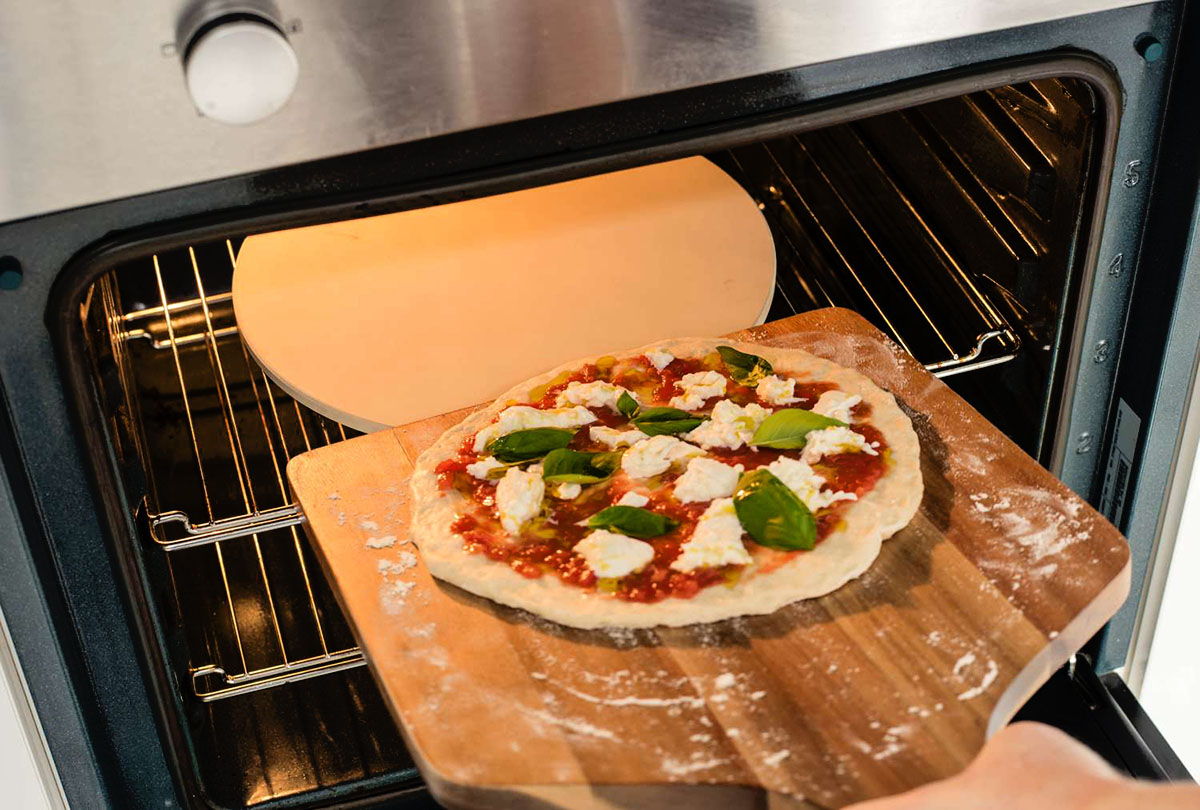
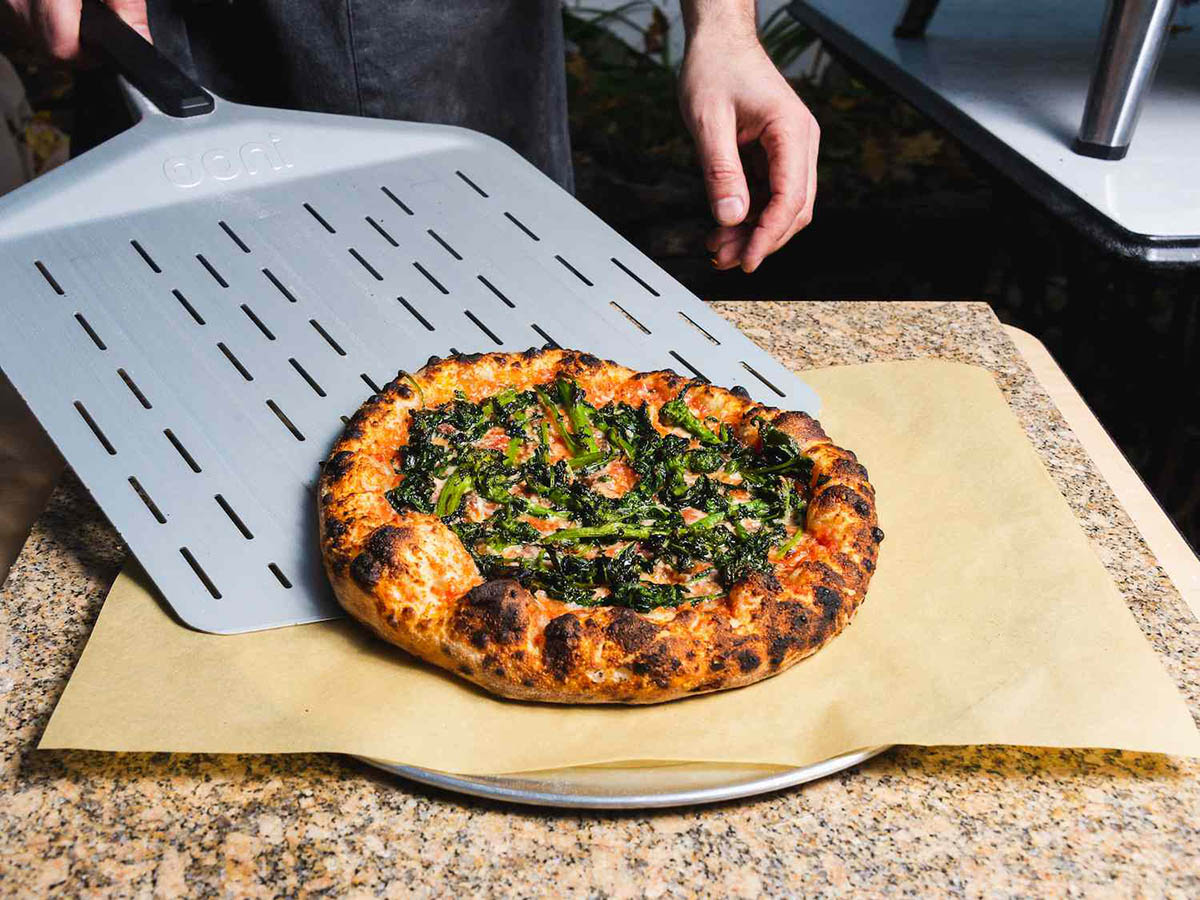
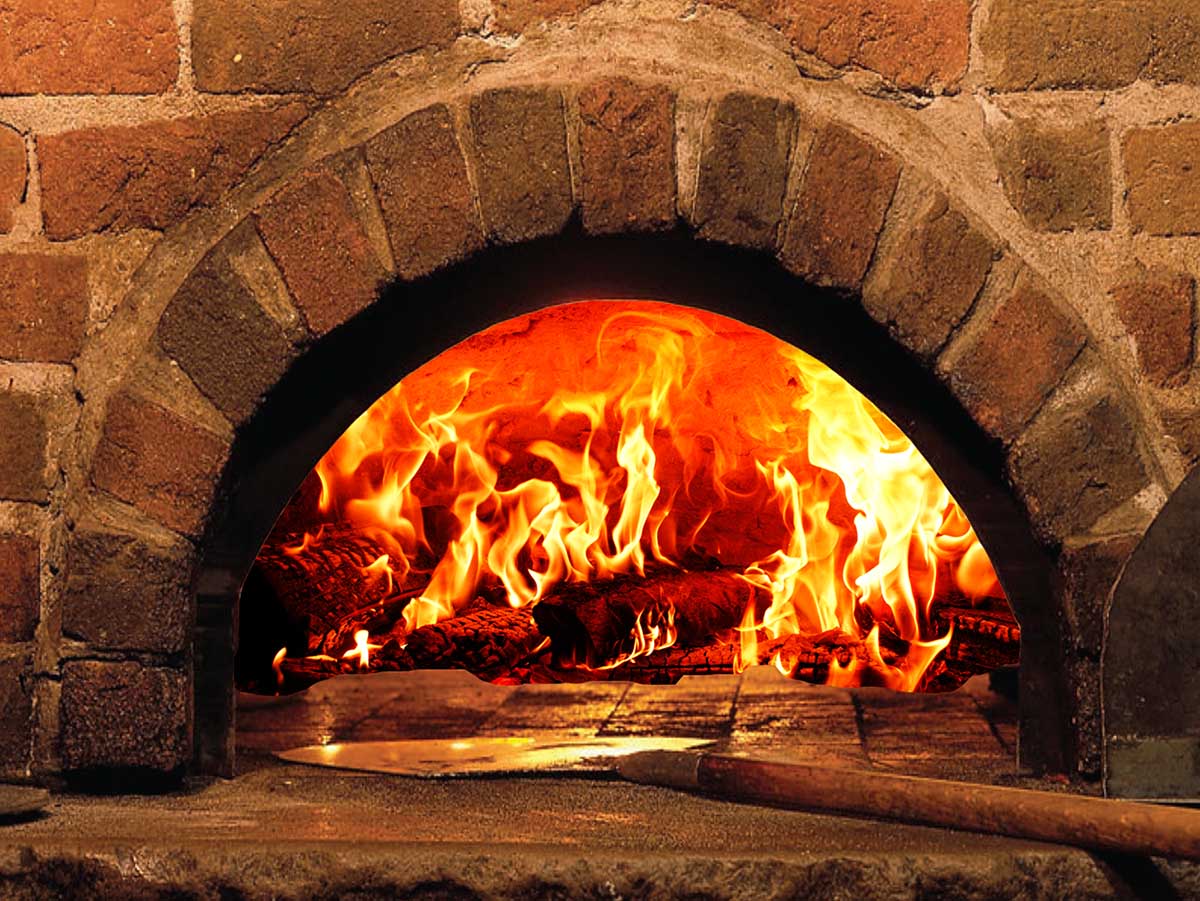
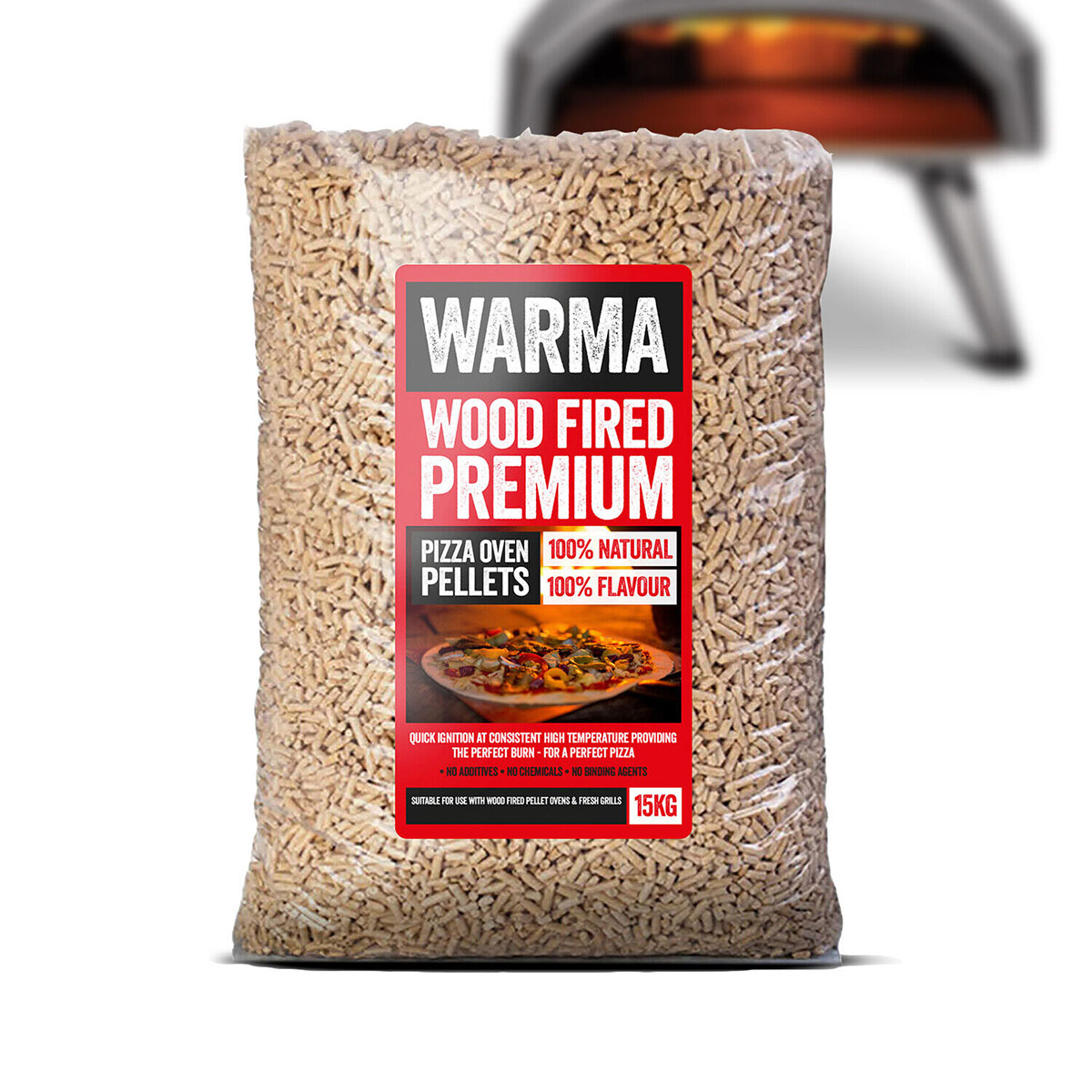
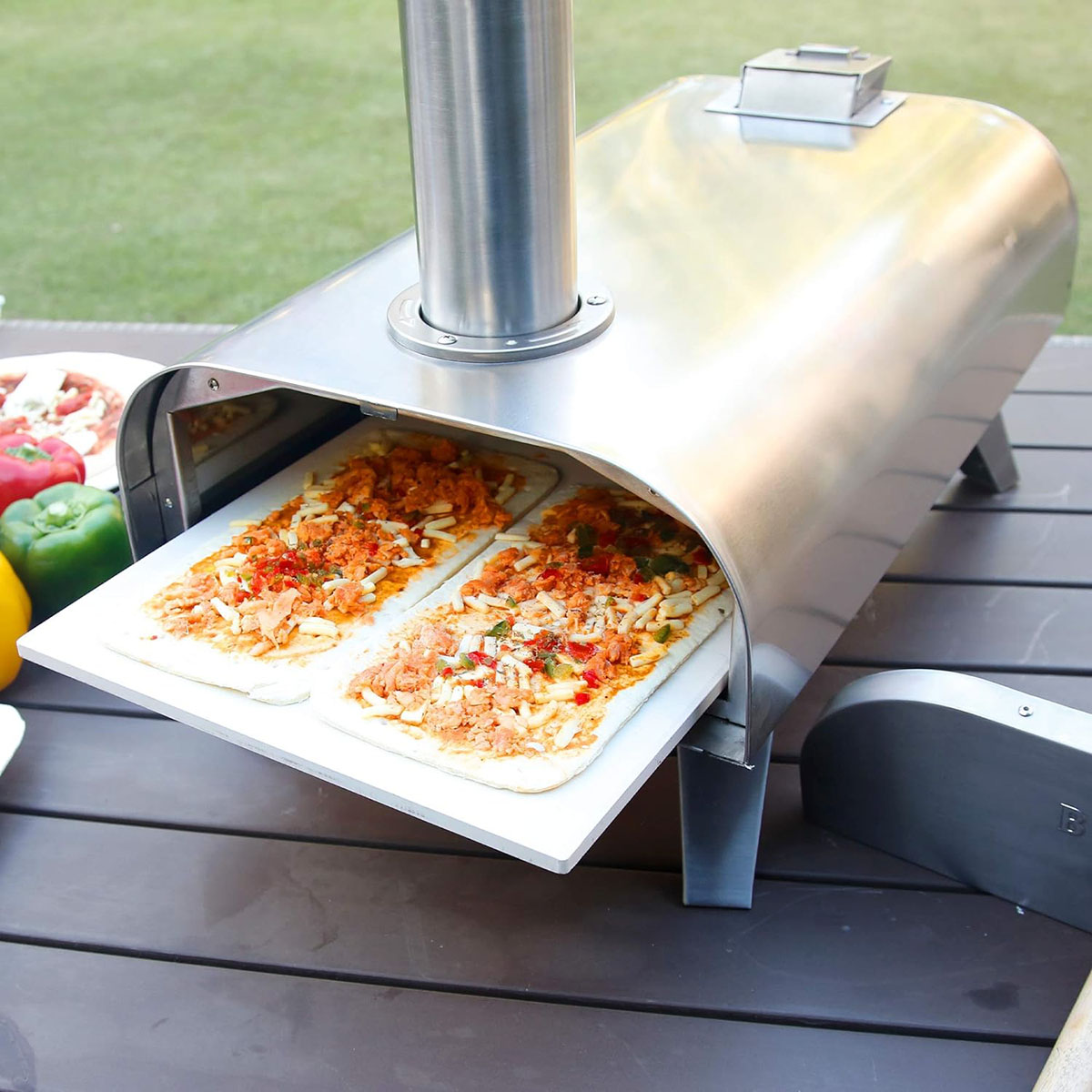
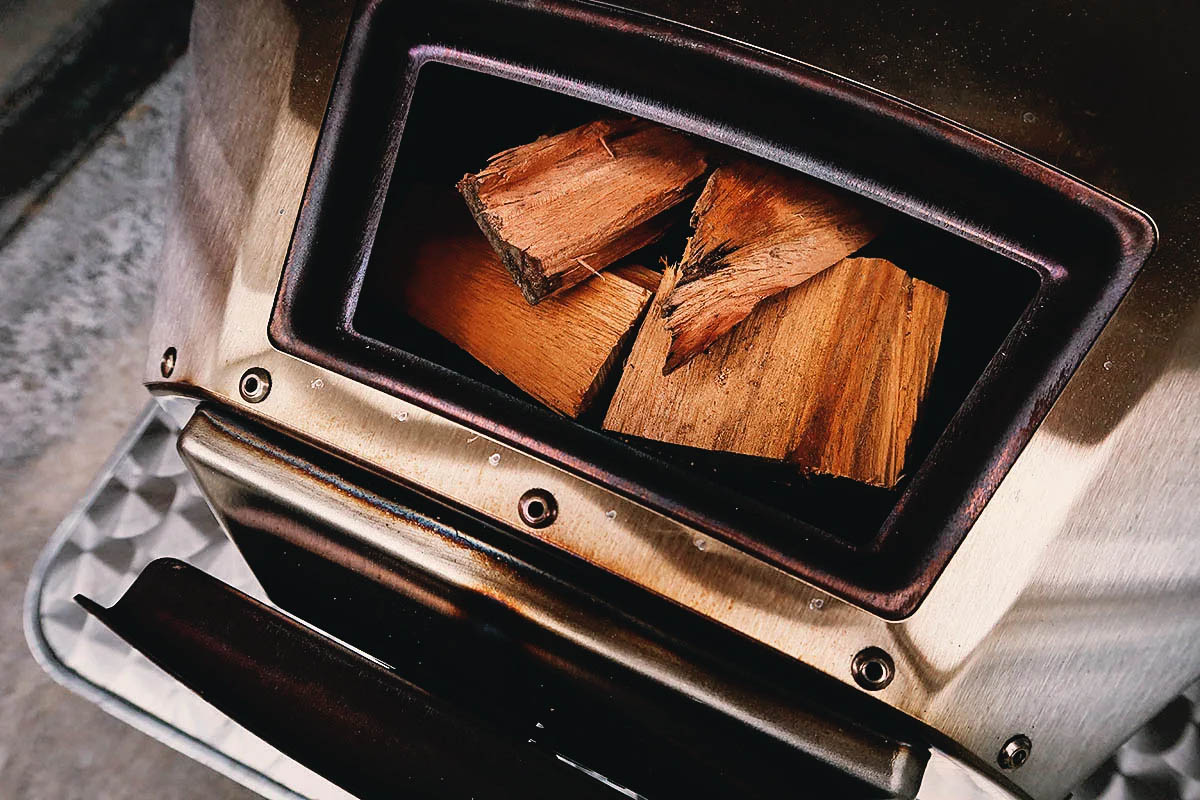
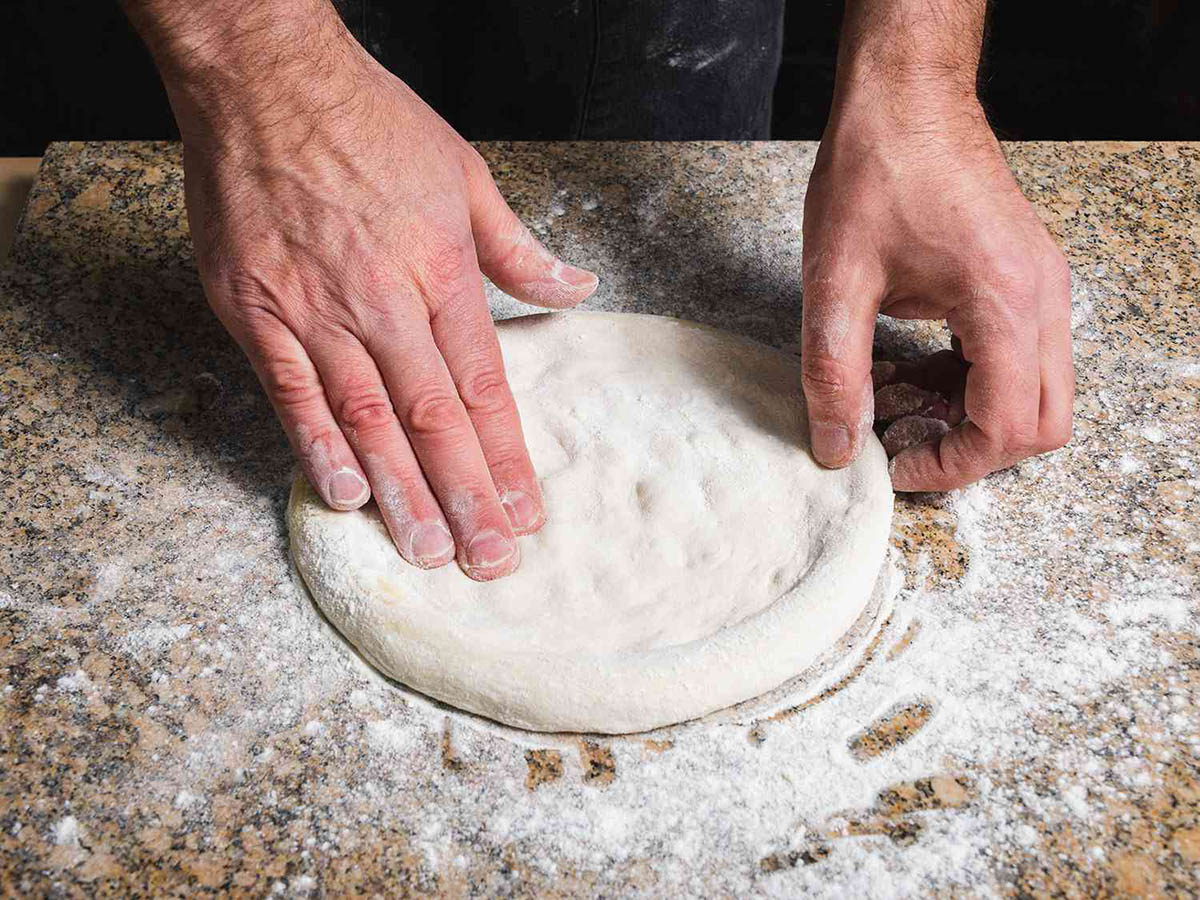
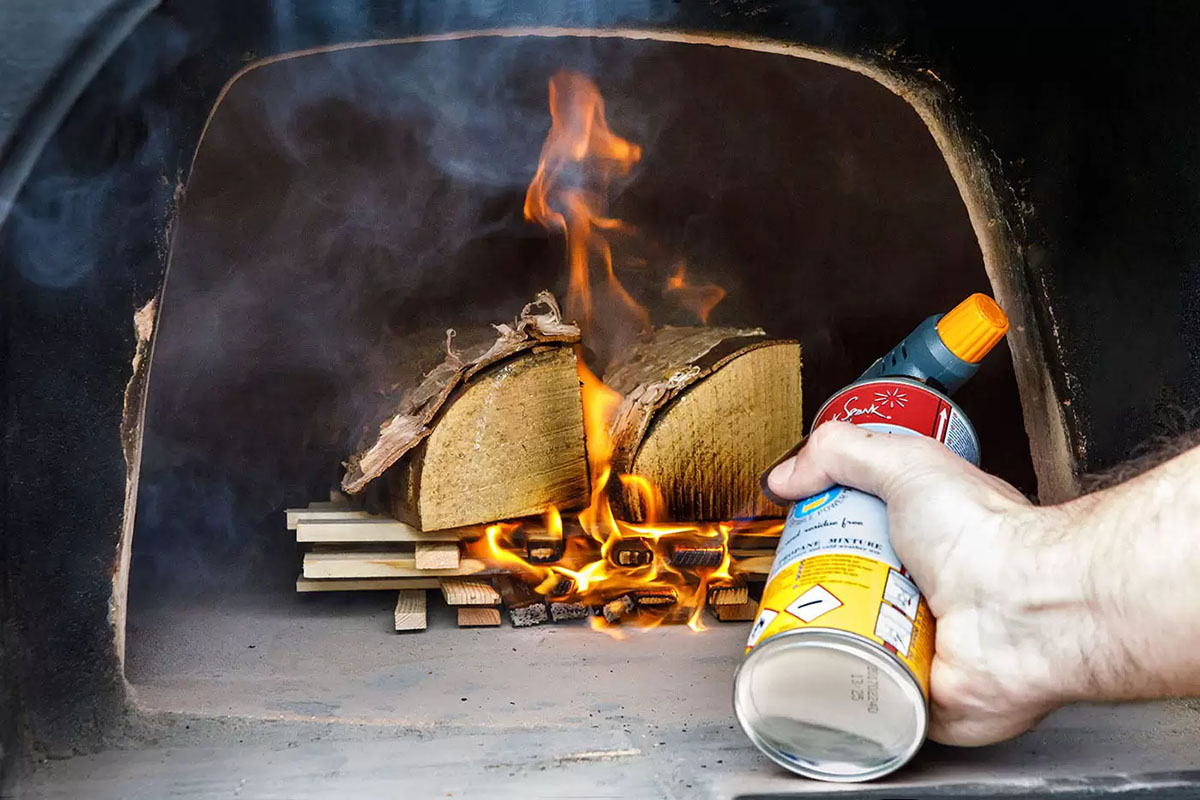
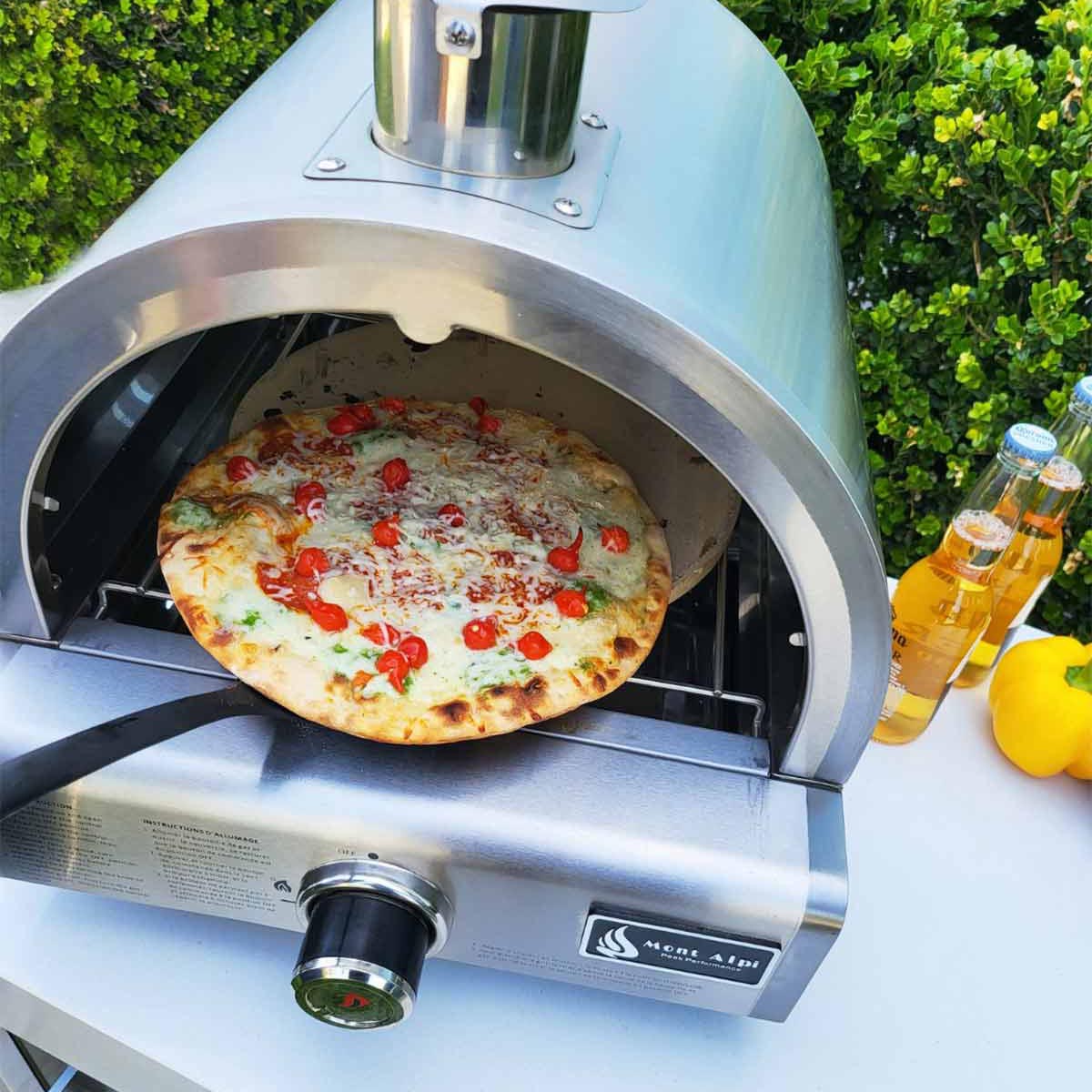
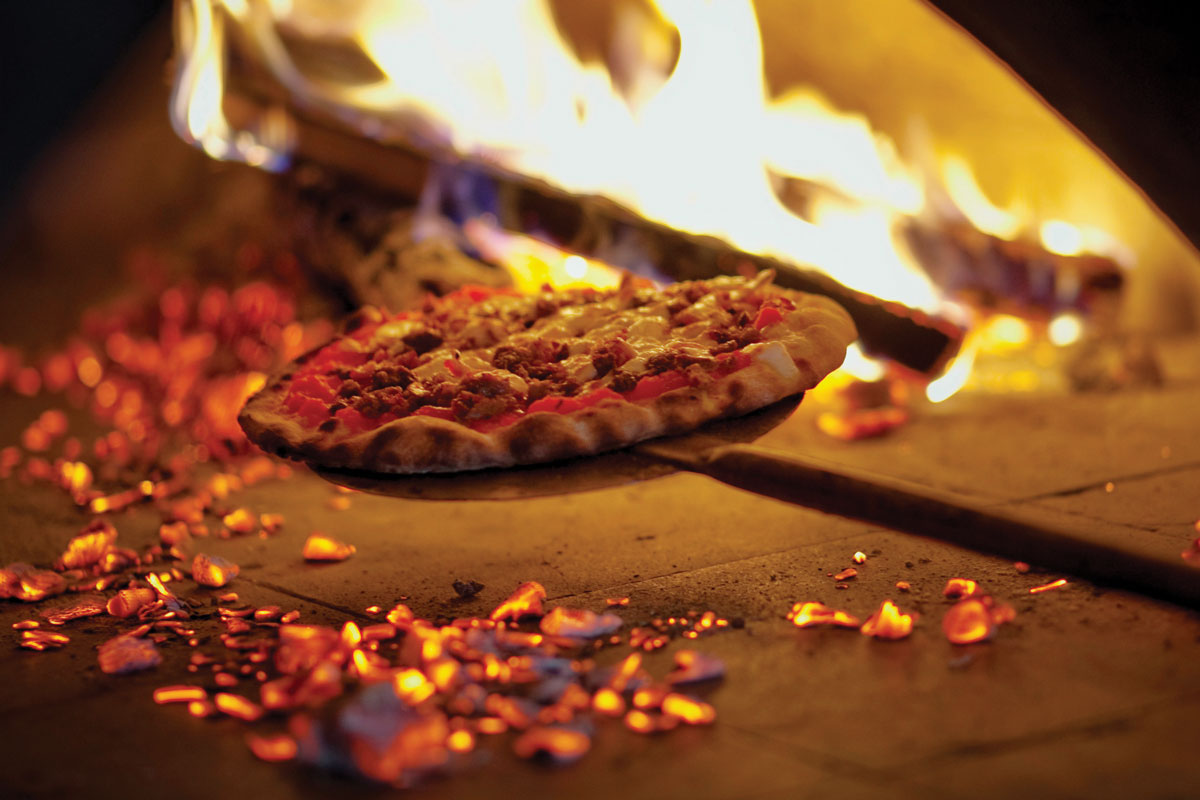
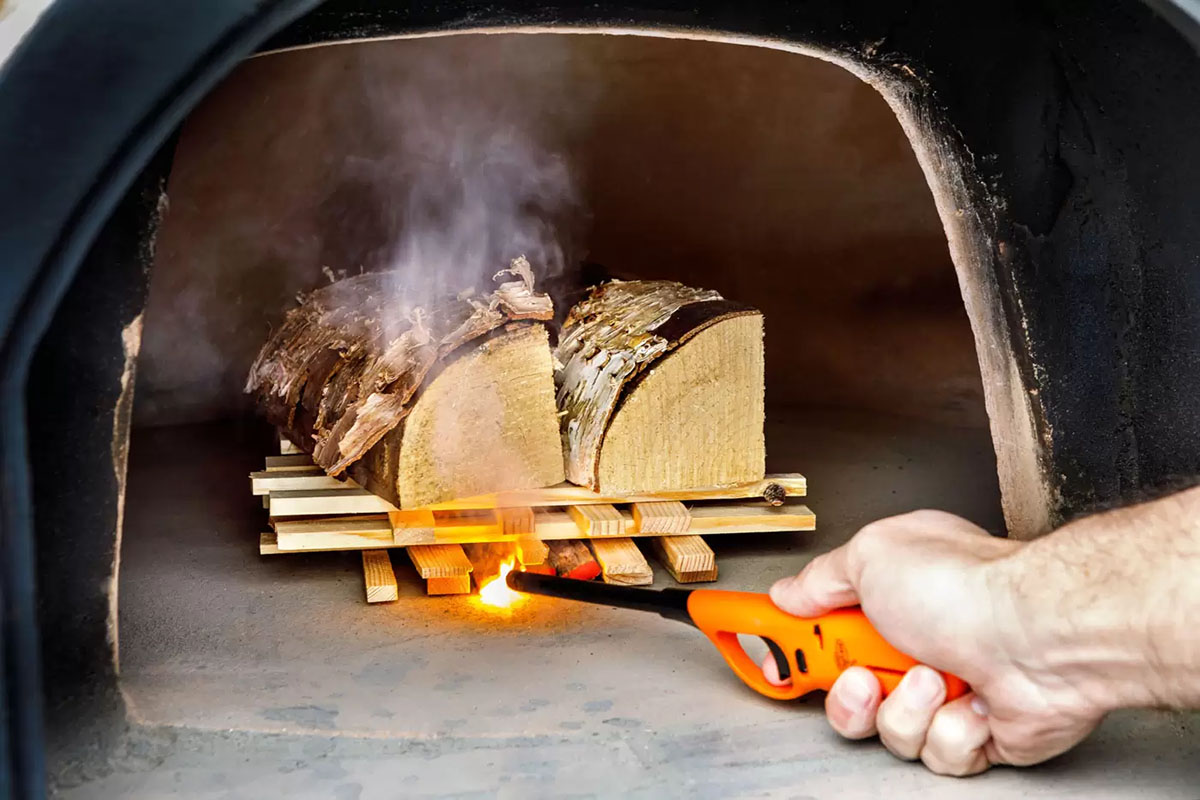
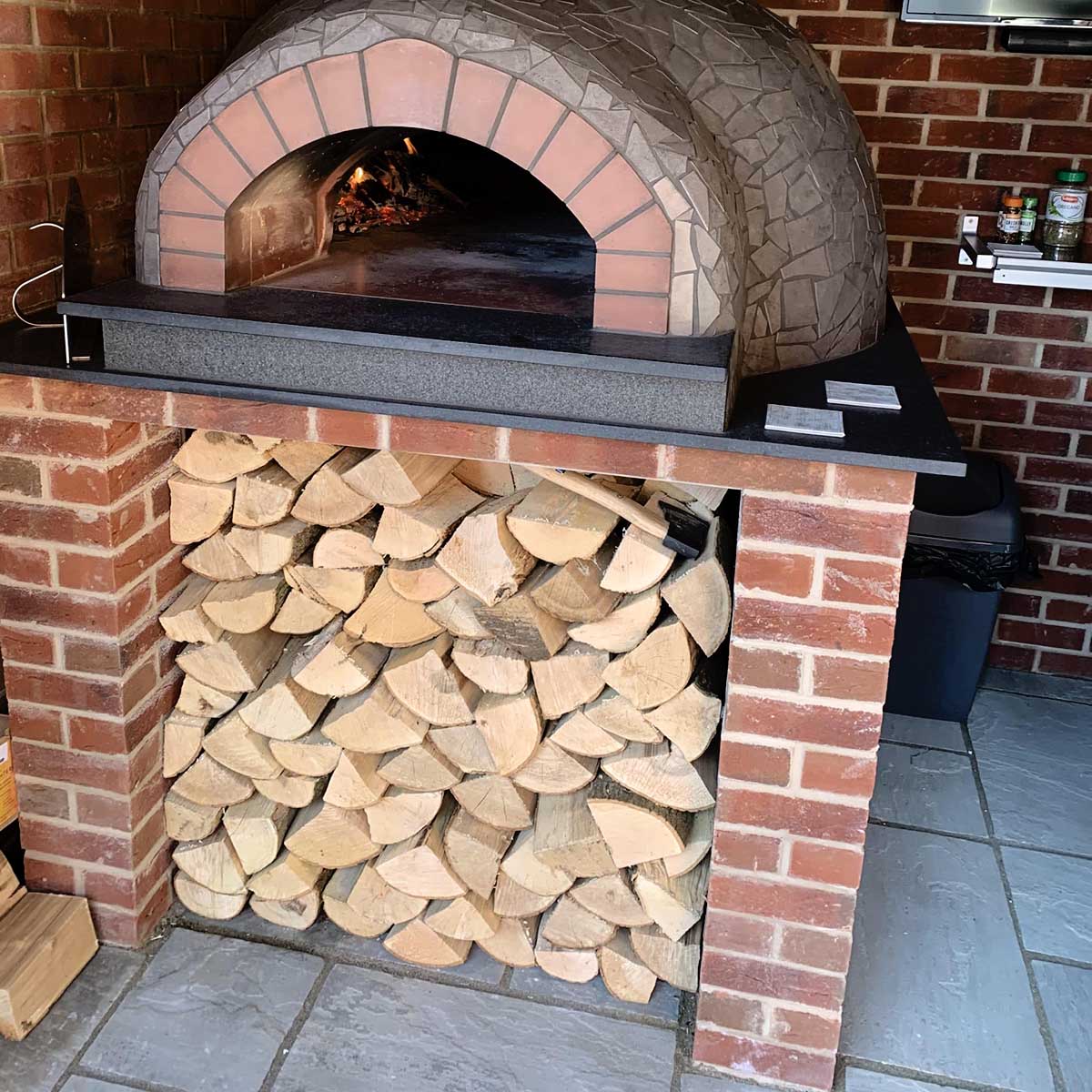
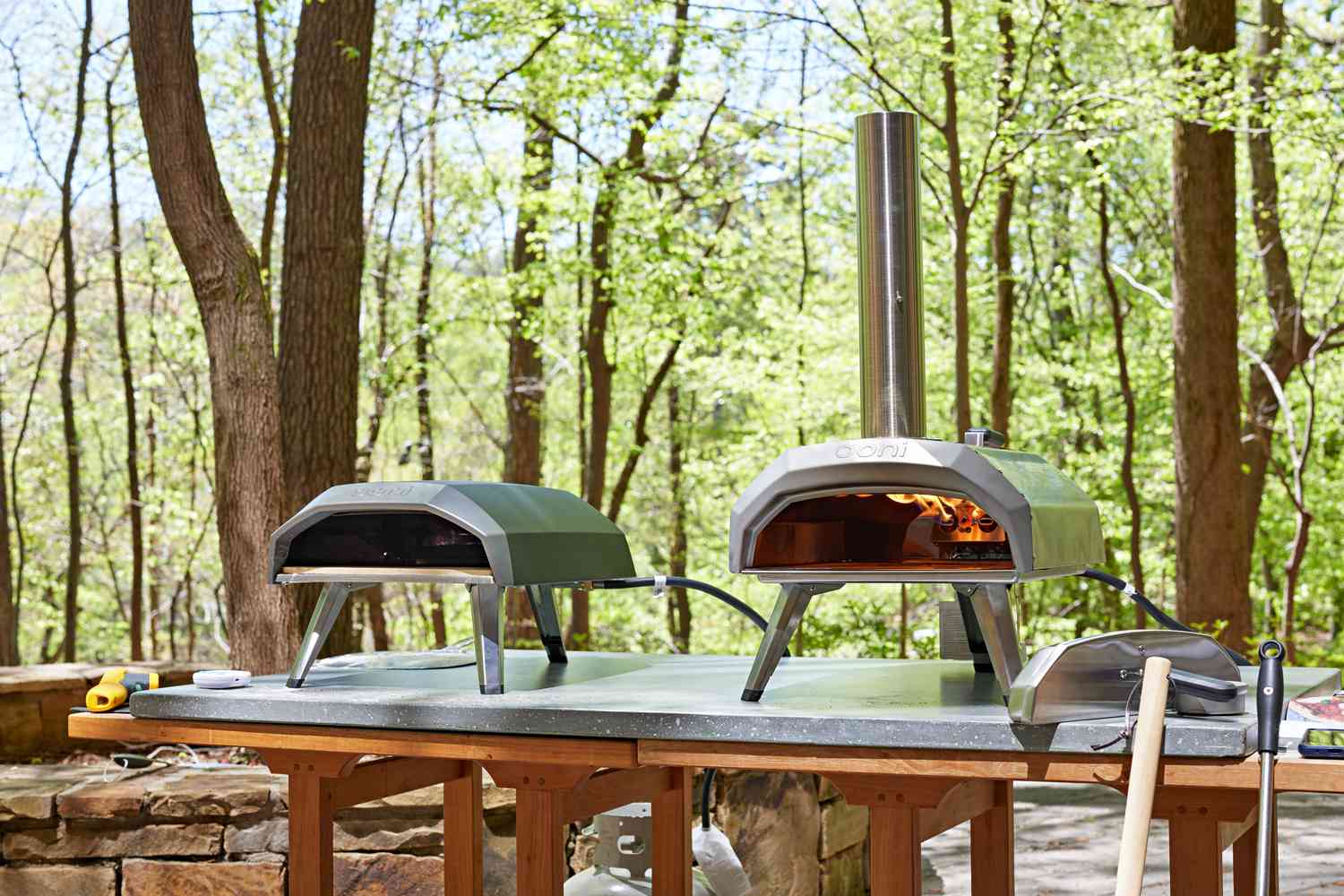
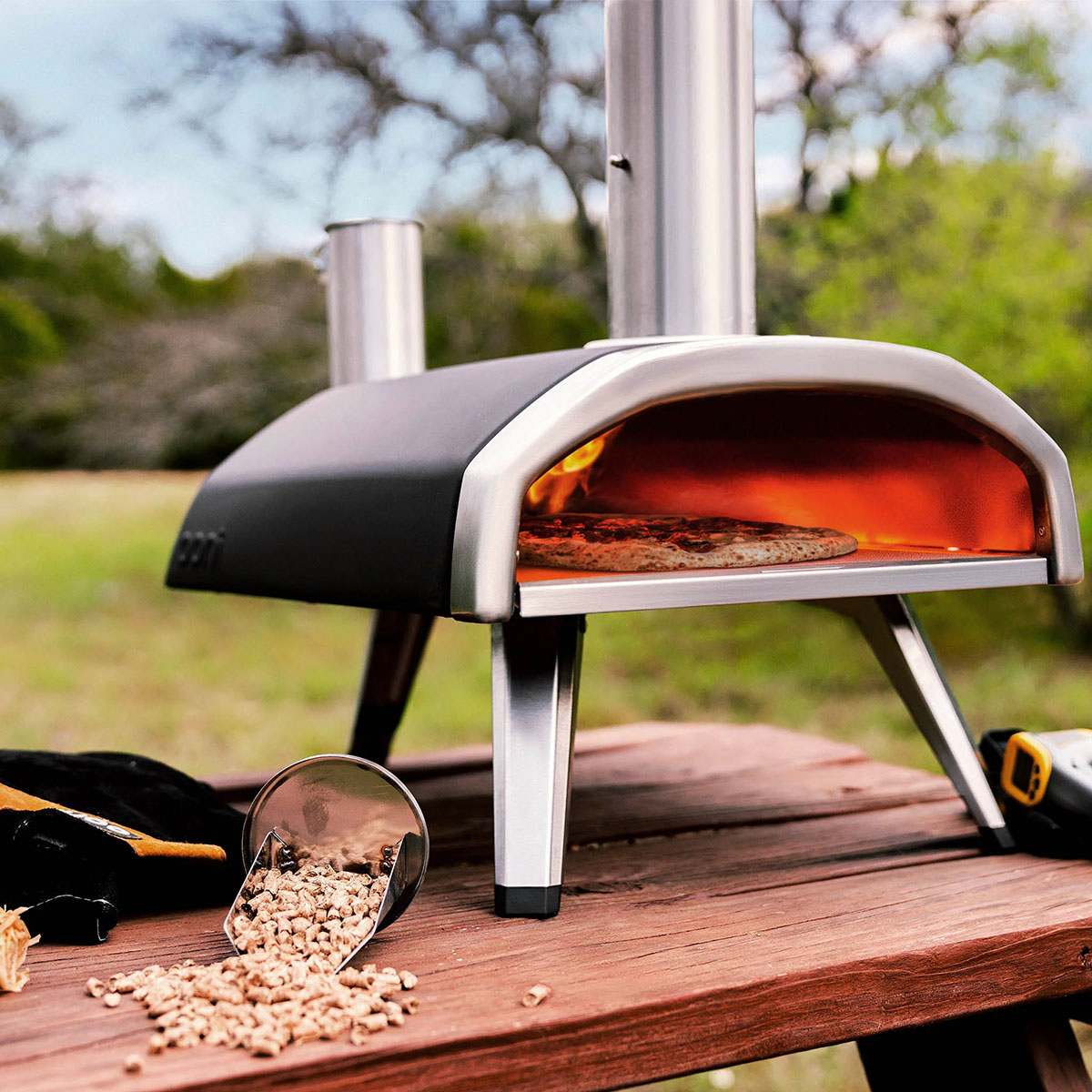

0 thoughts on “What Temperature Is A Pizza Oven”